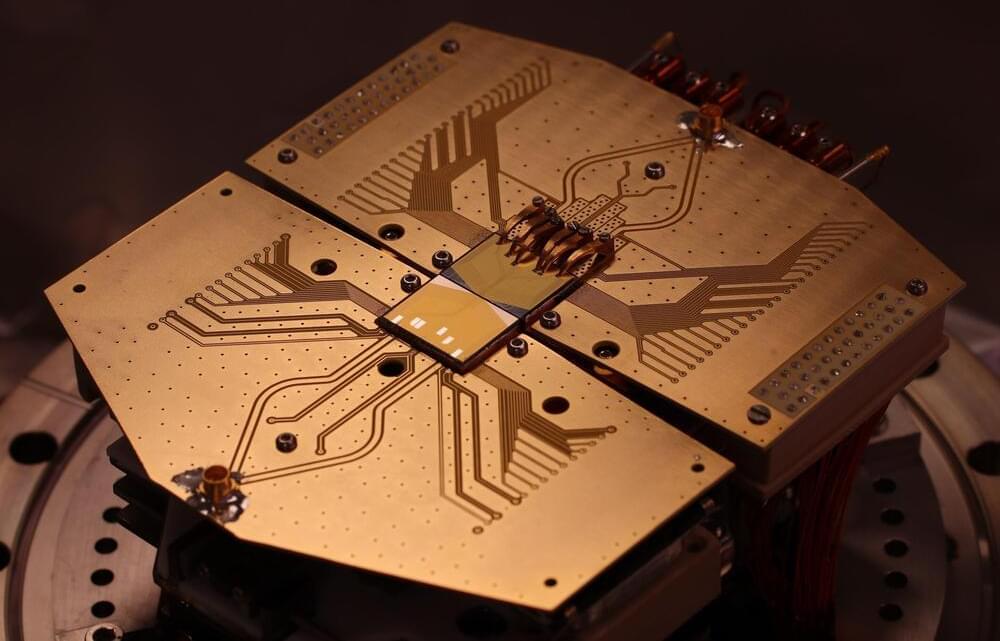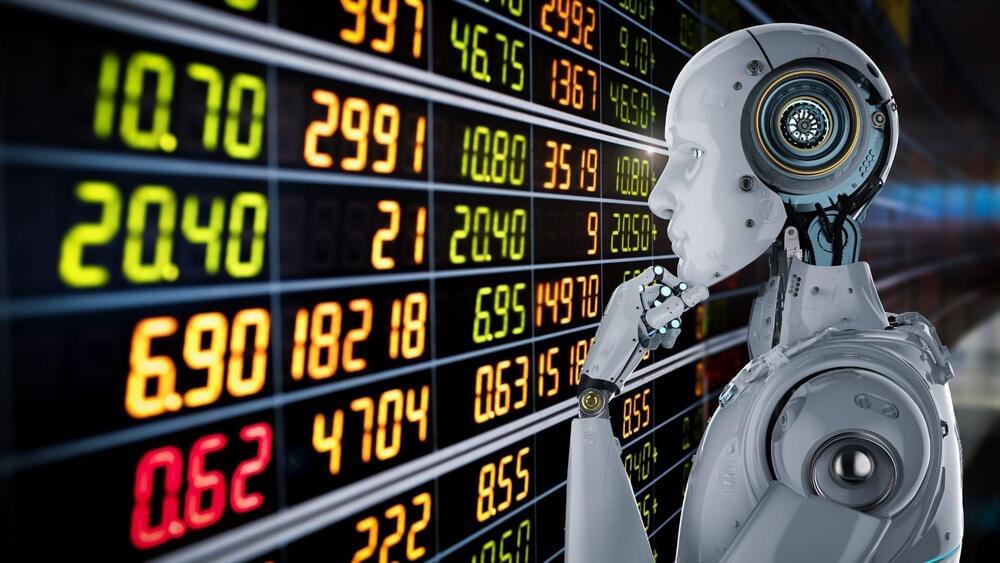Researchers from the University of Sussex and Universal Quantum have demonstrated for the first time that quantum bits (qubits) can directly transfer between quantum computer microchips and demonstrated this with record-breaking speed and accuracy. This breakthrough resolves a major challenge in building quantum computers large and powerful enough to tackle complex problems that are of critical importance to society.
Today, quantum computers operate on the 100-qubit scale. Experts anticipate millions of qubits are required to solve important problems that are out of reach of today’s most powerful supercomputers. There is a global quantum race to develop quantum computers that can help in many important societal challenges from drug discovery to making fertilizer production more energy efficient and solving important problems in nearly every industry, ranging from aeronautics to the financial sector.
In the research paper, published today in Nature Communications, the scientists demonstrate how they have used a new and powerful technique, which they dub “UQ Connect,” to use electric field links to enable qubits to move from one quantum computing microchip module to another with unprecedented speed and precision. This allows chips to slot together like a jigsaw puzzle to make a more powerful quantum computer.








